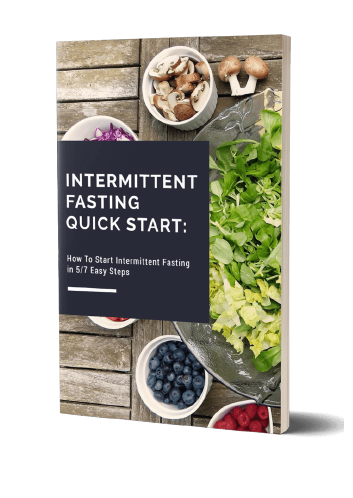Exploring the Science
In recent years, intermittent fasting has gained popularity as a powerful tool for weight loss. This blog post aims to explore the effectiveness of intermittent fasting for weight loss, supported by the latest scientific studies and statistical data. We will delve into the mechanics behind this eating pattern, outline its potential benefits, discuss any possible drawbacks or side effects, and provide practical tips for incorporating it into a healthy lifestyle.
Understanding Intermittent Fasting
Intermittent fasting is not a diet per se, but rather an eating pattern that alternates between periods of fasting and eating within specific timeframes. The most common methods include the 16/8 method, where one fasts for 16 hours and consumes all meals within an 8-hour window, and alternate day fasting, where individuals fast every other day or limit their calorie intake to 500-600 calories.
How Intermittent Fasting Aids Weight Loss:
- Calorie Restriction: Intermittent fasting helps create a caloric deficit, which is fundamental for weight loss. By limiting the time period for eating, it naturally reduces overall calorie intake without the need for strict food restrictions or complicated meal plans.
- Insulin Regulation: During fasting hours, insulin levels decrease, allowing the body to tap into stored fat for energy. This metabolic switch promotes fat burning and weight loss.
- Boosted Metabolism: As intermittent fasting promotes fat loss while preserving muscle mass, it can help increase metabolic rate. This means that the body burns calories more efficiently, supporting sustainable weight loss.

Scientific Studies and Statistical Data:
Numerous scientific studies have investigated the effectiveness of intermittent fasting for weight loss.
- A systematic review and meta-analysis published in the British Journal of Nutrition analyzed 29 studies involving over 1,000 participants. It concluded that intermittent fasting was effective for weight loss and showed improvements in other health markers such as blood pressure and insulin sensitivity.
- A study published in the New England Journal of Medicine found that alternate-day fasting resulted in significant weight loss and improved cardiovascular health markers in obese adults.
Potential Drawbacks and Side Effects:
Although intermittent fasting is generally considered safe for most healthy individuals, it may not be suitable for everyone. Some possible drawbacks and side effects include:
- Initial Hunger and Adjustment Period: When starting intermittent fasting, individuals may experience hunger and discomfort during fasting periods. However, these symptoms often wane as the body adapts to the new eating pattern.
- Nutritional Deficiencies: Limited eating times can make it challenging to obtain all essential nutrients. Prioritizing a balanced diet during eating windows and considering the guidance of a healthcare professional or registered dietitian is crucial.

Incorporating Intermittent Fasting into a Healthy Lifestyle:
- Here are some practical tips and guidelines to smoothly incorporate intermittent fasting into your daily routine:
- Stay Hydrated: Drink ample water during fasting periods to curb hunger and support overall well-being.
- Choose Nutrient-Dense Foods: During eating windows, prioritize whole, unprocessed foods to ensure optimal nutrient intake.
Real-Life Success Stories and Personal Experiences:
Intermittent fasting has contributed to the weight loss success stories of countless individuals globally. Personal accounts provide valuable insights into the impact of intermittent fasting on weight loss and overall well-being.
John had always struggled with a slow metabolism and stubborn belly fat. Even though he exercised regularly and ate healthily, his efforts to lose weight remained stagnant. Frustrated and determined to find a solution, John stumbled upon intermittent fasting.
With advice from a nutritionist, John decided to try the 5:2 method. This approach involved eating normally five days a week and limiting your calorie intake to 500-600 calories on two non-consecutive fasting days. This fasting method boosted his metabolism and allowed his body to burn fat more efficiently.
During the first few days of fasting, John experienced difficulties such as feeling hungry and cravings. However, he discovered strategies to combat these obstacles. Drinking plenty of water, eating low-calorie foods like vegetables and lean proteins, and engaging in distracting activities helped him get through the fasting periods.
Remarkably, after a few weeks, John began to notice significant changes. His waistline became slimmer and he felt more energetic throughout the day. He also noticed that his blood sugar levels were being regulated, reducing his risk of developing type 2 diabetes.
Excited by the results he was seeing, John continued intermittent fasting and began to notice other positive changes as well. His body became accustomed to using stored fat as an energy source, which allowed him to achieve better muscle definition and tone.
Intermittent fasting has proven to be an effective strategy for weight loss, backed by scientific research, statistical data, and numerous success stories. However, it is essential to consult a healthcare professional before embarking on any dietary changes. By incorporating intermittent fasting into a healthy lifestyle, individuals may discover a sustainable and empowering approach to achieving their weight loss goals.

